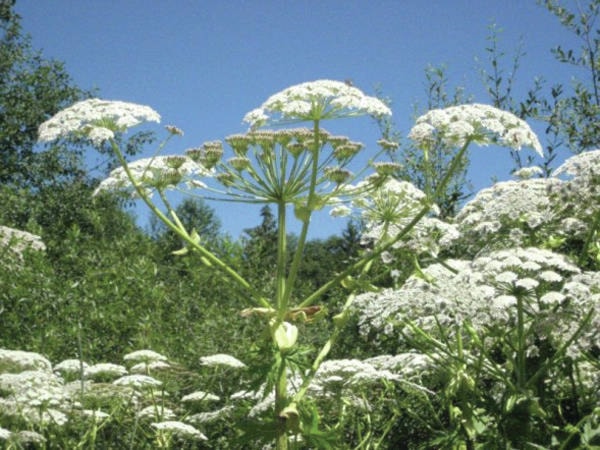North Cowichan is receiving $22,500 from the provincial government to help manage the spread of invasive plants, Nanaimo-North Cowichan MLA Doug Routley announced Wednesday on behalf of Doug Donaldson, Minister of Forests, Lands, Natural Resource Operations and Rural Development.
The grants are part of a multi-year funding program that will see more than $7.7 million distributed provincewide to 34 regional invasive species organizations, local governments, environmental groups and researchers, as well as the Invasive Species Council of British Columbia.
“Non-native plants can quickly establish themselves and damage indigenous species, harming our beautiful natural environment and the wildlife that depends on it,” said Routley. “It is crucial that we work together to manage the spread of invasive plants.”
The municipality will be provided with $22,500 over three years through B.C.’s Invasive Plants Program. Previously in 2015, North Cowichan received $7,000 for a single year of funding.
Knotweed species, Giant Hogweed and Poison Hemlock are the more common invasive species in the area.
The Invasive Species Council of B.C. works to increase public awareness and reporting of invasive species provincewide.
Chair Brian Heise said the council was pleased with the “increased investment to prevent the spread of invasive plants.”
“Its support for invasive plant management throughout the province helps recipients in both urban and rural communities co-ordinate their efforts and work together to protect British Columbia’s natural landscapes,” he said.
Invasive plants are species that have been introduced into British Columbia from areas outside of the province and pose a risk to native vegetation as well as people and animals.
“These grants will help local governments and organizations protect the environment and minimize the damage that invasive plants have on communities and land-based industries, such as agriculture and ranching,” said Donaldson. “This funding is a crucial investment in their future and their economic success.”
Members of the public can report sightings of invasive species anywhere in B.C. by using the Report-A-Weed smartphone app, by calling 1 888 WEEDSBC or by using the online reporting tool: http://www.reportaweedbc.ca
